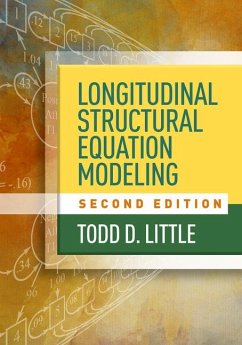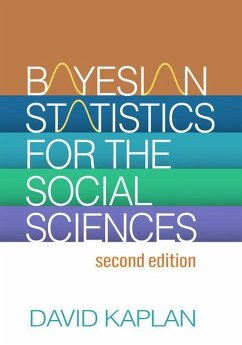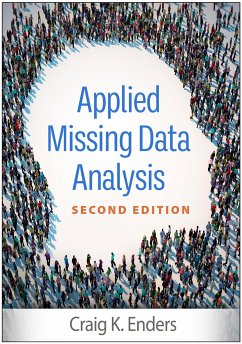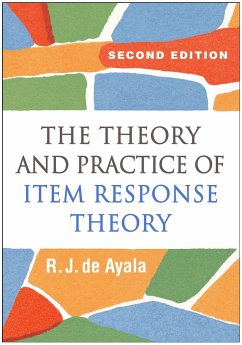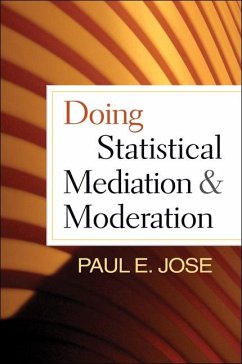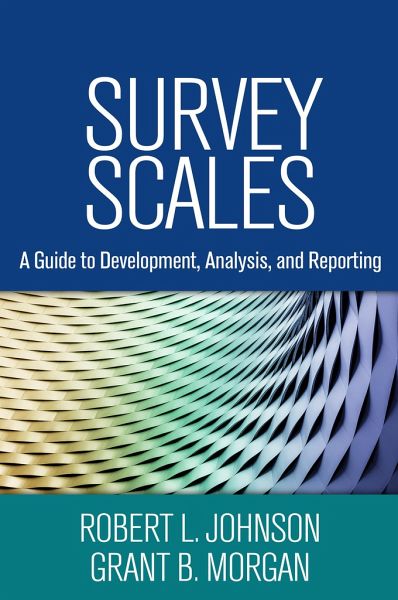
Survey Scales
A Guide to Development, Analysis, and Reporting
Versandkostenfrei!
Versandfertig in über 4 Wochen
48,99 €
inkl. MwSt.

PAYBACK Punkte
24 °P sammeln!
Synthesizing the literature from the survey and measurement fields, this book explains how to develop closed-response survey scales that will accurately capture such constructs as attitudes, beliefs, or behaviors. It provides guidelines to help applied researchers or graduate students review existing scales for possible adoption or adaptation in a study; create their own conceptual framework for a scale; write checklists, true-false variations, and Likert-style items; design response scales; examine validity and reliability; conduct a factor analysis; and document the instrument development an...
Synthesizing the literature from the survey and measurement fields, this book explains how to develop closed-response survey scales that will accurately capture such constructs as attitudes, beliefs, or behaviors. It provides guidelines to help applied researchers or graduate students review existing scales for possible adoption or adaptation in a study; create their own conceptual framework for a scale; write checklists, true-false variations, and Likert-style items; design response scales; examine validity and reliability; conduct a factor analysis; and document the instrument development and its technical quality. Advice is given on constructing tables and graphs to report survey scale results. Concepts and procedures are illustrated with "Not This/But This" examples from multiple disciplines.





